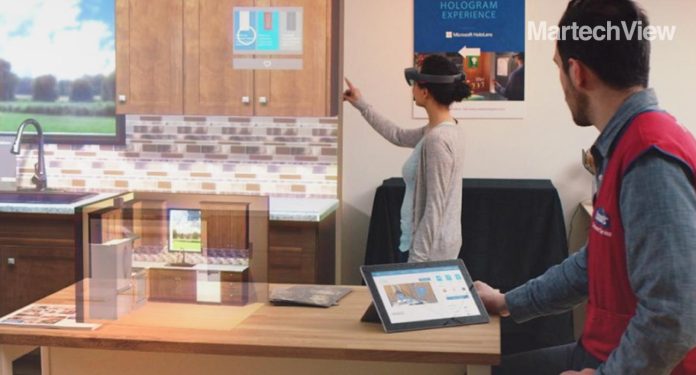The retailer wants customers to use its Apple Vision Pro app to help design and select home products.
Lowe’s continues to dedicate resources to technology that enhances the in-store experience for customers and staff. The latest effort follows the launch of the retailer’s Lowe’s Style Studio experience in February.
The retailer introduced its Measure Your Space tool in late 2021, which enabled its iOS app users to measure rooms and receive pricing estimates for flooring. The following year, the company created a digital replica of a couple of its stores, otherwise known as a digital twin, for store associates to optimize operations. The technology combined spatial data with the retailer’s data, including product location and historical order information.
Alongside Lowe’s, other retailers like Best Buy, Wayfair, and StockX have introduced Apple Vision Pro apps to let shoppers preview products before purchasing them. With its new Apple Vision Pro app, Lowe’s wants customers to use the device’s spatial computing capabilities to design their kitchen. The company said Lowe’s Style Studio enables customers to create up to 80 billion design combinations.
“Lowe’s has a history of breaking new ground in our industry, and being the first home improvement retailer to offer an Apple Vision Pro experience in select stores is an exciting step in our omnichannel journey,” Seemantini Godbole, Lowe’s chief digital and information officer, said in a statement. “We believe Apple Vision Pro can enhance in-store kitchen design experiences, empowering our customers to visualize their dream kitchens using advanced spatial computing technology.”
Also Read: The Future of Retail is AI: Personalized, Efficient, and Customer-Centric
As Lowe’s invests in its tech offerings, the retailer has faced recent sales declines amid a challenging housing market. In its latest quarter, net sales dipped 4.4% year over year to $21.4 billion, while Q1 comparable sales fell 4% due to a decline in DIY big-ticket discretionary spending.










